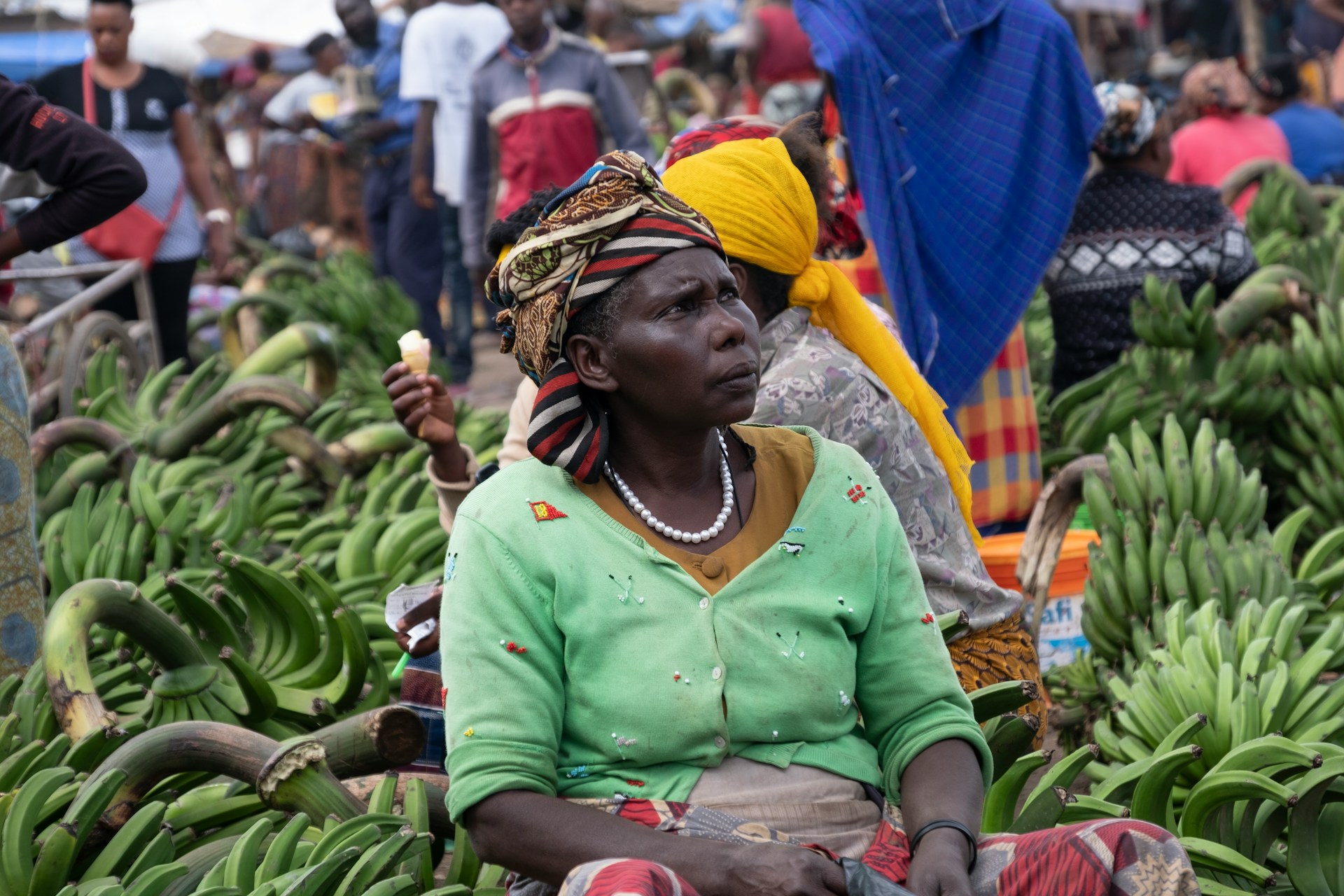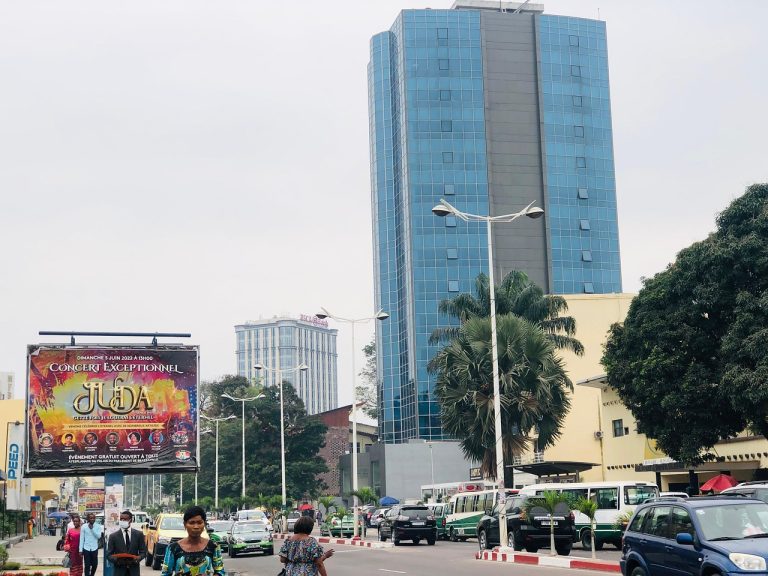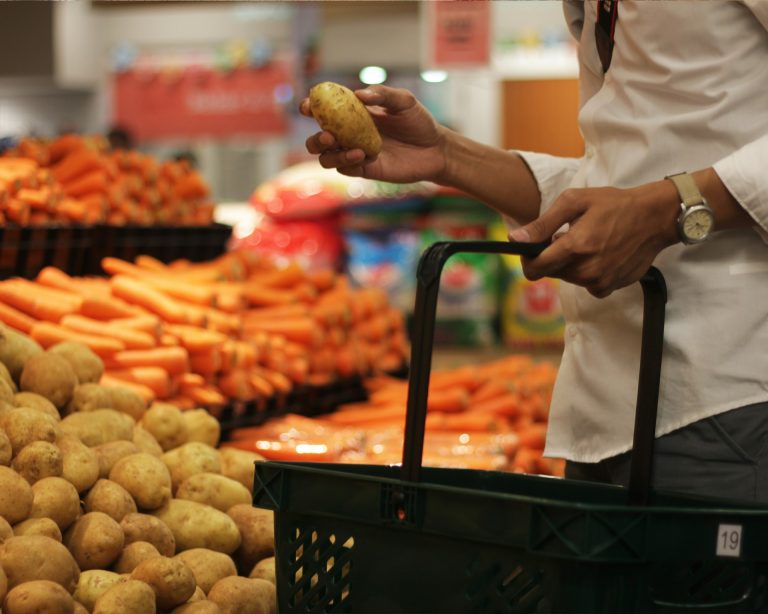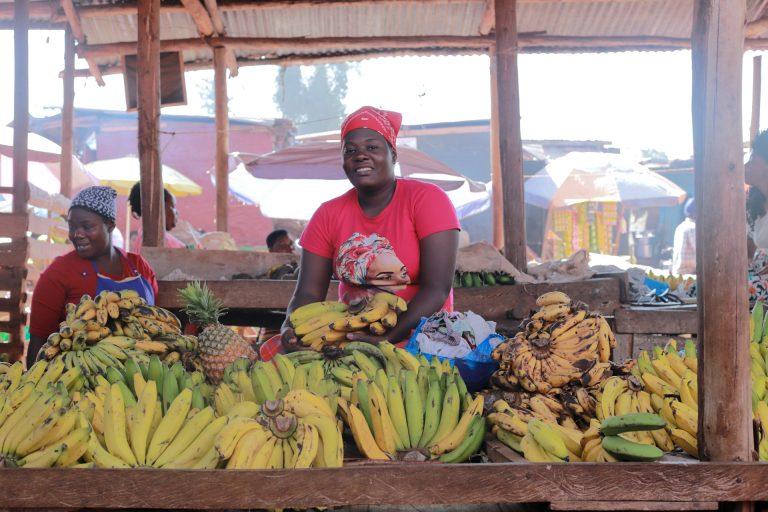- Debt hits $50.772bn; external share 69.8% in September 2025
- Government beats revenue target; reserves $6.66bn above five months’ imports
DAR ES SALAAM, TANZANIA – Tanzania’s national debt stock reached $50.772 billion at the end of September 2025, marking a 4.9% increase from the previous quarter, the Bank of Tanzania (BOT) said.
The central bank attributed the growth to increased domestic borrowing, primarily in government securities, to finance infrastructure.
External debt accounted for 69.8% of the total, standing at $35.438 billion. The bank said multilateral lenders remained the largest source of funding, followed by commercial creditors. On a month-on-month basis, the weight of external obligations decreased slightly from 70.1% of the total in August. Public sector borrowers – chiefly the government – held the majority of external debt, with their share rising from 80.8% at the end of August to 81.8% in September.
Domestic debt stood at $15.334 billion, equivalent to 37.46 trillion Tanzanian shillings, and accounted for 30.2% of the total debt stock. Month on month, the domestic share edged up from 29.9% at the end of August.
What the numbers say
During the quarter, external loan disbursements amounted to $1.06 billion. Of that, the central government received $907.2 million, while the private sector took $152.8 million. The government spent $338.5 million servicing external debts in the quarter, including $200.9 million in principal repayments and $137.6 million in interest payments.
On the fiscal side, the government exceeded its revenue target for the quarter, collecting 102.9% of planned domestic receipts. Gross official reserves were $6.66 billion—remaining above five months of imports – though the BOT noted continued pressure from hard-currency demand.
According to the International Monetary Fund, the country’s current account deficit narrowed to 2.5% of GDP in fiscal year 2024/25, driven by strong exports of minerals, agricultural products and tourism services. The lender said the nation’s debt-to-GDP ratio currently stands at 49.6%.
The wider economy remained stable through the year, with growth reaching 6.3% in the third quarter. That compared with 5.1% in the corresponding quarter of 2024 and 5.4% in the second quarter of 2025. The increase was led by an expansion in the agricultural sector and a rise in mineral exports. Mining and quarrying posted the fastest growth at 19.0%, followed by financial and insurance activities at 14.8%, and information and communication at 11.1%.
The BOT’s latest snapshot underscores a debt mix still dominated by external obligations, even as domestic borrowing climbed to fund infrastructure. At the same time, stronger-than-planned revenue collection and reserves above the traditional import cover provided a buffer amid ongoing foreign-exchange pressures.










